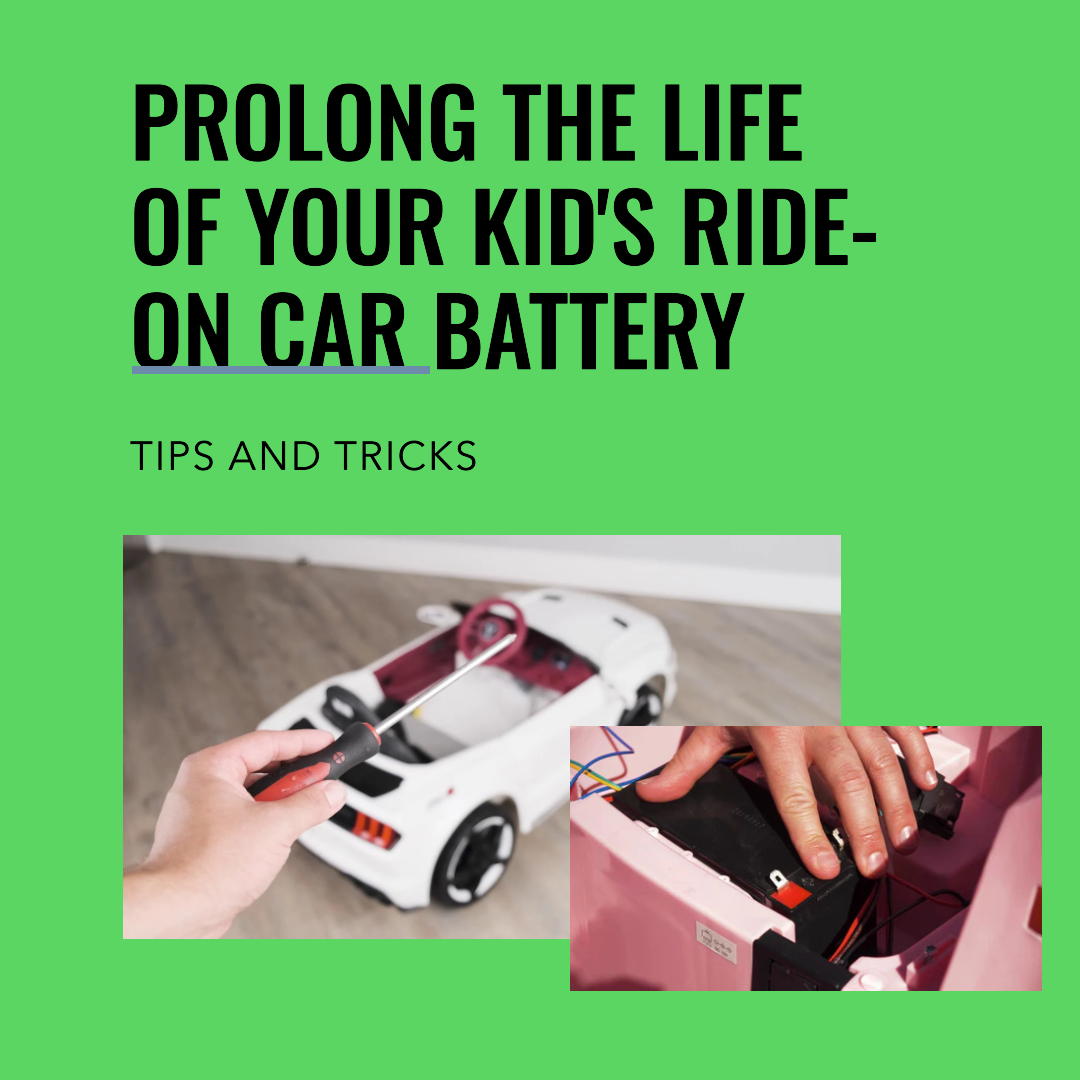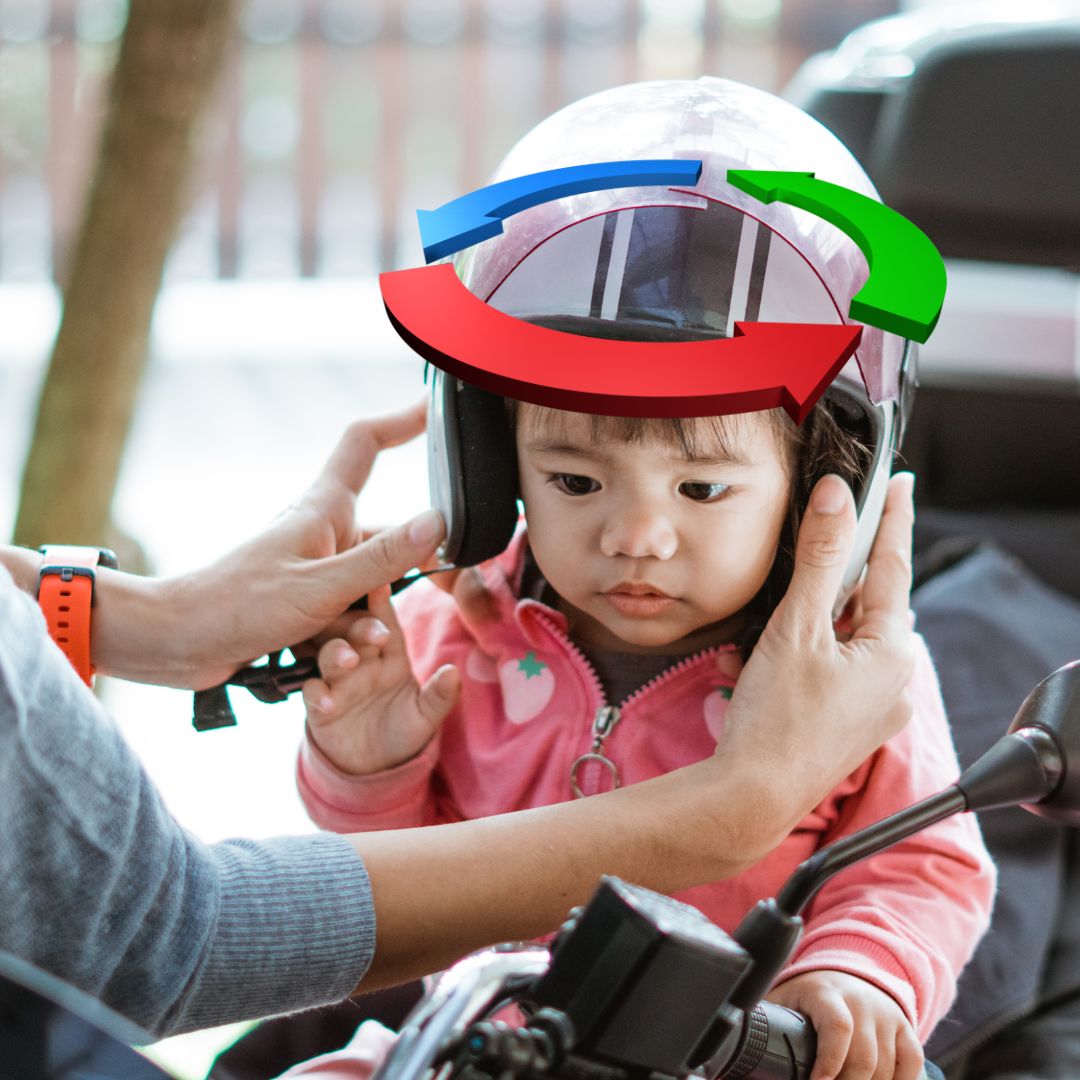Updated: 23.05.25

A dead ride-on car battery can stop your child’s fun in its tracks. With proper kids’ electric car battery maintenance, you can extend battery life and ensure endless adventures. Discover 2025 tips for charging, storage, and care to keep your kids’ ride-on car running smoothly.
1. Why Battery Maintenance Matters
The battery powers your child’s ride-on car, driving motors for backyard joy. Neglect leads to short rides or complete failure, disappointing young drivers. Regular ride-on car battery care saves replacement costs (£20–£100) and maximises playtime. Explore battery maintenance tips.
2. Types of Ride-On Car Batteries
Ride-on cars use lead-acid, lithium-ion, or nickel-metal hydride (NiMH) batteries, each suited to different needs:
| Battery Type | Pros | Cons |
|---|---|---|
| Lead-Acid (6V, 12V) | Affordable (£20–£50), durable, various sizes. | Heavy, high maintenance, 8–12 hour charge, 1–3 year lifespan. |
| Lithium-Ion (12V, 24V) | Lightweight, long-lasting (3–5 years), low maintenance, 4–6 hour charge, eco-friendly. | Higher cost (£50–£100). |
| NiMH (6V, 12V) | Balanced cost (£30–£70), 2–4 year lifespan, eco-friendly. | Moderate performance vs. lithium-ion. |
| Summary | Lead-acid for budget; lithium-ion for performance; NiMH for balance. | |
3. Top Tips to Extend Battery Life
- Regular Charging: Charge every 2–3 weeks, even if unused, for 8–12 hours (lead-acid) or 4–6 hours (lithium-ion). Charging times explained.
- Proper Storage: Fully charge and unplug for storage to prevent overcharging damage, especially for toddlers’ cars.
- Avoid Short Trips: Encourage 20–30 minute rides to maintain voltage, ideal for 6V or 12V batteries.
- Secure the Battery: Tighten the compartment to avoid vibration damage, critical for 24V models.
- Minimise Power Usage: Turn off lights or music when idle to conserve power.
- Keep It Clean: Clean terminals with a wire brush to remove corrosion, ensuring strong connections.
- Avoid Overcharging: Unplug once charged to protect battery life. Overcharging risks are higher with lead-acid.
- Regular Use: Weekly use keeps the battery active, especially for toddler ride-ons.
See our electric ride-on car maintenance guide.
4. Signs of a Failing Battery
Batteries last 1–5 years with care. Spot these signs early:
| Sign | Description |
|---|---|
| Decreased Running Time | Playtime drops (e.g., 30 minutes to 10 minutes per charge). |
| Slow Speed | Car moves slower, struggling on inclines. |
| Difficulty Starting | Car hesitates or fails to start, indicating low power. |
5. Troubleshooting Battery Issues
Fix common problems with these steps:
- Check Voltage: Use a voltmeter (6V: ~6V; 12V: ~12V; 24V: ~24V when off). Low readings suggest undercharging or failure.
- Test Under Load: Press the accelerator; voltage shouldn’t drop significantly. Flickering lights indicate wiring or battery issues.
- Inspect Fuses: Replace blown fuses to restore power, common in startup failures.
- Check Wiring: Reconnect loose wires and clean corrosion from terminals.
- Test Motor/Controller: Connect the motor directly to the battery. If it fails, replace the motor or controller.
Refer to the manual or a professional if issues persist. Never use a 24V battery in a 12V car.
6. Replacing the Battery
Choose a high-quality battery matching the original voltage (6V, 12V, 24V) and type. Lithium-ion (£50–£100) lasts longer than lead-acid (£20–£50). Recycle old batteries at local centers. Need a replacement? Browse our ride-on car batteries.
7. Safety Precautions
- Protective Gear: Wear gloves and eyewear to avoid chemical exposure.
- Keep Away from Kids: Store batteries safely to prevent accidents.
- Proper Disposal: Recycle at designated facilities to protect the environment.
8. Conclusion
Effective ride-on car battery maintenance keeps your child’s adventures alive. Charge regularly, store properly, and replace with quality batteries.
Frequently Asked Questions
How long does it take to charge a ride-on car battery?
Lead-acid batteries take 8–12 hours; lithium-ion takes 4–6 hours. Charge every 2–3 weeks.
Can you overcharge a ride-on car battery?
Yes, overcharging damages components, especially lead-acid. Unplug once fully charged.
How do I know if my ride-on car battery is failing?
Signs include shorter playtime, slower speeds, or difficulty starting.
What battery do I need for a kids’ ride-on car?
Match the voltage (6V, 12V, 24V) and type (lead-acid, lithium-ion). Lithium-ion offers longer life.
How long does a kids’ ride-on car battery last?
Lead-acid: 1–3 years; lithium-ion: 3–5 years with proper care.
Get in Touch
Need more ride-on car battery tips?
Ready to shop cars or batteries?
Visit RiiRoo.com or chat with us!





Share:
12V or 24V: Which Battery System is Right for You?
How Long Does It Take to Charge a Motorcycle Battery?